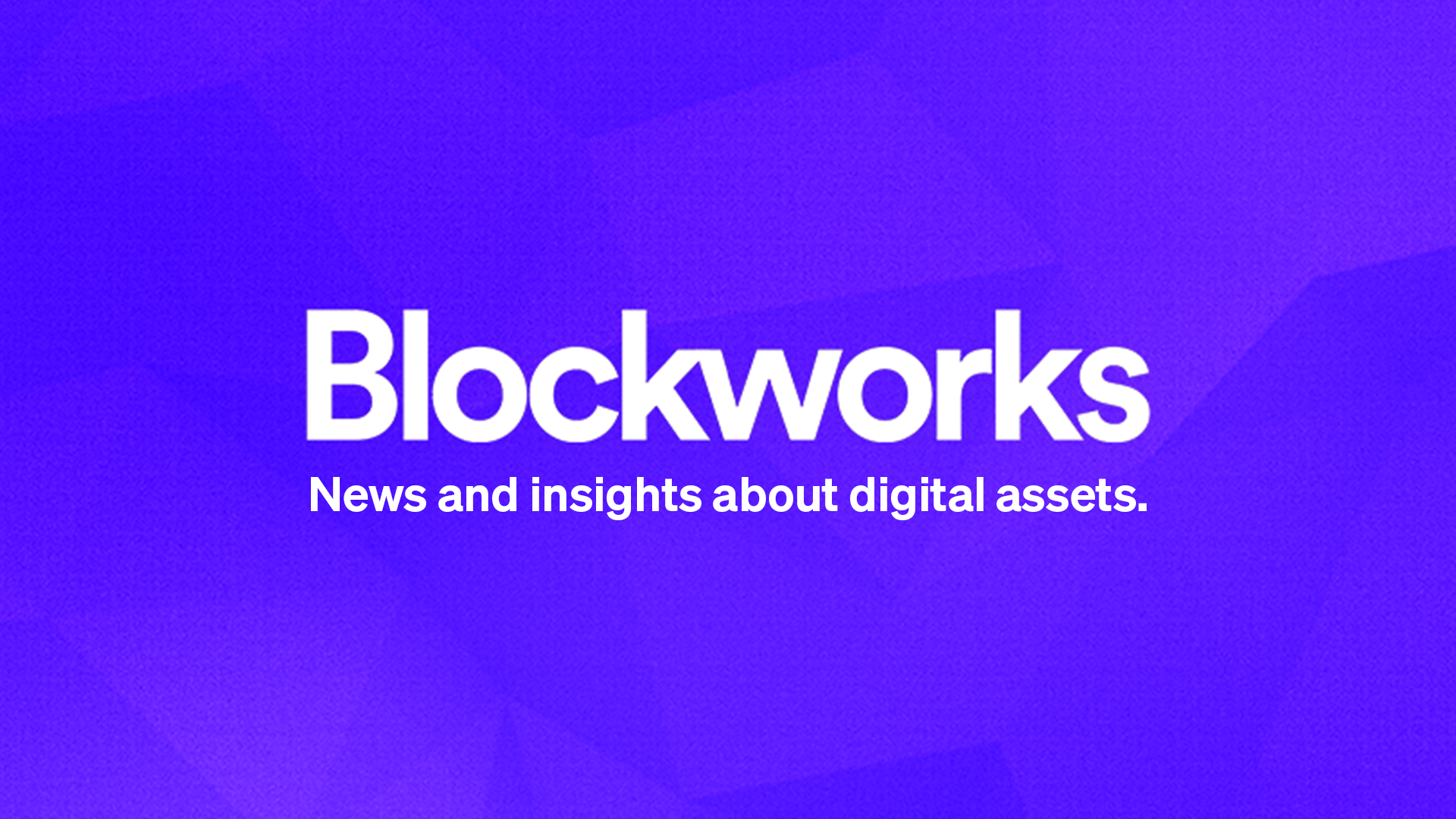ARTICLE AD BOX
Visa has created a new platform in a bid to help financial institutions issue fiat-backed tokens and test out their use cases.
The payments giant’s guidance to banks exploring this space is part of a broader effort to create global standards that ease interactions between such entities, Visa executives noted.
As more real-world assets — from real estate to debt securities — come onto blockchains, there’s a growing need to bring more forms of cash onto those rails to trade them, said Visa crypto head Cuy Sheffield.
“We think that creates a significant opportunity for banks to issue their own fiat-backed tokens on blockchains, do it in a regulated way and enable their customers to access and participate in these on-chain capital markets,” he told Blockworks.
Visa has watched first hand as central banks explore the potential of tokenization and how it can modernize financial infrastructure, Sheffield noted.
The company last year did a pilot with HSBC and Hang Seng Bank, for example, as part of the Hong Kong Monetary Authority’s Digital Hong Kong Dollar program. The test simulated interbank business-to-business payments, including property payment and settlement between collection institutions and merchants.
Also last year, the Central Bank of Brazil picked Visa to participate in a CBDC pilot of the digital real.
Read more: ‘Learning by doing’ is critical to digital dollar development, Visa exec says
“And then we started to see more interest from many commercial banks and our existing partners starting to tiptoe in and say, ‘What are fiat-backed tokens and tokenized deposits?’” Sheffield told Blockworks earlier this year. “‘Should we create one?’”
Spain-based Banco Bilbao Vizcaya Argentaria (BBVA) has been working in the new Visa Tokenized Asset Platform (VTAP) sandbox this year, Visa said Wednesday.
The bank was testing the issuance, transfer and redemption of a bank token on a testnet blockchain. It seeks to launch an initial pilot with select customers in 2025 on the Ethereum blockchain.
“From our experience working with banks, it’s [a slow process] for a reason,” Sheffield said. “You have to be careful and make sure that you understand the technology and that you’re educating both internal stakeholders as well as regulators.”
Fintechs, like PayPal, have made innovative strides with stablecoins in recent years. Large asset managers have started to embrace blockchain technology more meaningfully, with BlackRock launching its USD Institutional Digital Liquidity Fund in March.
Franklin Templeton, which launched its OnChain US Government Money Fund in 2021, started allowing institutional investors to transfer shares of the fund to other shareholders earlier this year.
Read more: A stablecoin with yield? Tokenized fund perhaps just the start for fund giant
“We think the next phase is the banks coming in, starting to experiment and creating their own products,” Sheffield told Blockworks. “I think that will open up a lot of opportunities when you can have more liquidity.”
What are the use cases?
Among the lowest hanging fruit for banks is allowing real-time money movement between their own clients, Visa executives said.
The JPM Coin System, a permissioned payment rail and deposit account ledger, allows for this, for example.
Read more: JPMorgan adds ‘holy grail’ payments feature as part of blockchain push
In markets where central banks are actively creating wholesale CBDCs, financial institutions are also interested in inter-bank transfers.
Catherine Gu, Visa’s head of CBDC and tokenized assets, told Blockworks that offering clients cross-border transfers is an area of focus for banks.
“For especially multinational corporates moving money 24/7, right now the rails are very limited for them to do so,” she said. “So a lot of these major tier-one banks — as they’re looking at the blockchain use cases — are really coming from that perspective.”
Interacting with tokenized real-world assets may end up driving the most demand, Sheffield said.
Read more: How the latest TradFi blockchain trial could mark the ‘five-yard-line’ for mass adoption
A bank could let customers use a fiat-backed token to buy tokenized commodities or Treasurys with instant settlement, for example.
Using smart contracts to create structured financial products is another area banks are exploring.
“You can have collateral that represents a commodity,” Sheffield explained. “And then you [will] be able to lend in a tokenized version of fiat against that commodity, and that can happen all automatically through a smart contract.”
Banks will likely utilize and create products on a range of public and private blockchains based on the use cases and regulatory environments they are operating in.
Read more: Goldman Sachs head of digital assets: The future is on public blockchains
Fragmentation remains a key hurdle to overcome, Gu said — noting there is not a uniform approach to tokenization and smart contracts.
Visa could seek to help create standards to ensure interoperability between financial institutions that wade into this segment.
“It would be nice to think about a uniform platform, which is the blockchain, that you can facilitate both the cash-flow leg as well as whatever you’re trying to trade and transact,” Gu noted. “To really think about how tokenization can become mainstream, you’ve got to think about a way to do so.”
Start your day with top crypto insights from David Canellis and Katherine Ross. Subscribe to the Empire newsletter.
Explore the growing intersection between crypto, macroeconomics, policy and finance with Ben Strack, Casey Wagner and Felix Jauvin. Subscribe to the On the Margin newsletter.
The Lightspeed newsletter is all things Solana, in your inbox, every day. Subscribe to daily Solana news from Jack Kubinec and Jeff Albus.
 (1).png)
 1 year ago
499134
1 year ago
499134







 English (US) ·
English (US) ·